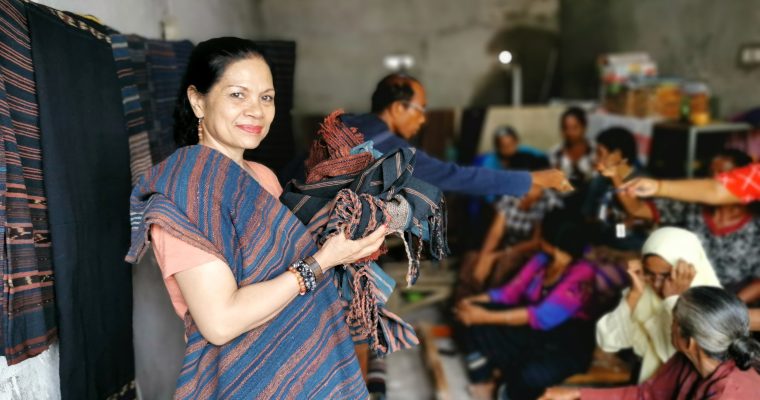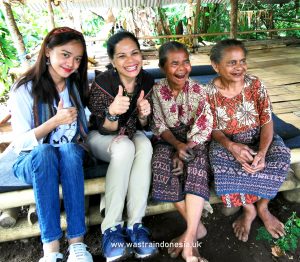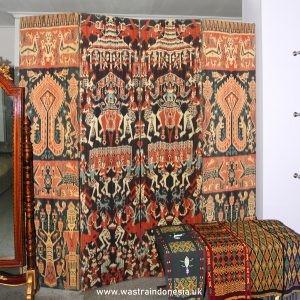After many years of exploring The Nusa Tenggara regions (both East and West), I finally managed to visit Adonara this year. During many years of trying to understand the ceremonial textiles of Indonesia, I often heard conflicting information about Adonara’s ikat textiles. Many times, I heard that Adonara no longer weave good textiles, and some say Adonara is not as interesting as Solor or Lembata. A few years ago, through Connect Indonesia (www.connectindonesia.org), we distributed some glasses to Adonara weavers via Pekka Indonesia, bridged by Mrs Dinny Yusuf of Toraja Mello, but never personally visited the island, until this year, on 20th February, to be exact.
My visit to Adonara this year has proved that some of those sources of information were wrong that Adonara no longer busy weaving. The fact that Adonara is one of the most active weaving islands in East Nusa Tenggara, producing sarongs for the demanding markets all around NTT and many other parts of Indonesia. The fact that most of those everyday Kwatek sarongs you often see in Markets in Lembata and Flores were made by weavers of Adonara. A huge percentage of Adonara’s women are actively weaving, almost from every household, you can find a woman who is actively weaving, according to Toni’s team. Of course, it is true that Adonara, in the past decades has been focusing on producing textiles for everyday use, using synthetic dyes, but on this visit, we were introduced to a weavers group who produced amazing naturally dyed Adonara kwatek textiles.
I am so grateful to Toni Labuan of Wisata Tenun Lembata, who has given me opportunities to dig deeper into the textile culture of Adonara and many other parts of Eastern Flores. I have known Toni for a few years now and has learnt so much from his experience about East Nusa Tenggara textile culture and tourism. Toni, a rather humble man, usually don’t say much about his work, and I feel very honoured that he has allowed me to extract his stories during the 3 days I spent with him exploring Adonara & Lembata this year. Many of us may have not heard much of Toni’s work, which has probably benefited hundreds of researches, writers, anthropologists, tourists guide, and campaigners like me and has gained a lot from his valuable knowledge. Many have probably published books or blogs without referencing his name, but being mentioned is not his main objectives, but I am so grateful of his contribution to preserving textile culture in Indonesia, he should be recognised for his amazing work. Every now and then, he would agree for me to publish a bit about his work, I think he personally needs to expose his work more.
This year, Toni has invited me to Explore Adonara’s textiles a little closer than I expected, and the way we got there was truly memorable. The adventure started with some wobbly boat crossing from Larantuka to Adonara from the nearest borders between the two islands. The crossing time was only about 10 minutes, you could even swim it. Toni told us that hiring cars in Adonara on short notice wasn’t very easy, so the local catholic hospital has very kindly allowed us to use one of their ambulances to collect us from the port. At first, I didn’t believe that he was serious, and I felt a bit bad, taking advantage of this hospital. But as we are doing pure social work, we were just grateful and sit tight in this 1970’s rickety old ambulance, until we reach our destinations. Well, this may not be acceptable in the developed world, but we were in Adonara, and working voluntarily for the island, so we felt it was OK. At lunchtime we were served beautiful lunch at the Convent, meeting the nuns and the nurses and sharing stories with them. It was a truly unforgettable story.
On this visit, we visited several weaving villages and witness productions of synthetically dyed textiles and stories behind the production of these modern textiles. In another journey, we visited a small village and met with the weavers there, weavers who have been actively producing naturally dyed textiles since 2012, under the management of Toni and his Adonara team of Conservers of Naturally Dyed Adonara Textiles. The weavers here belong to a Weaving Cooperative called “Ina Genang”, they are located in a small village called Lamahelan. Textiles are produced mostly from hand-spun cotton and dyed using natural dye materials. Textiles here are not antique or vintage textiles, but beautiful high-quality new textiles with amazing subtle colours, museum pieces of the future, ready to be collected enjoyed by our future generations of textile enthusiasts.
I was so impressed with the weavers’ work here; I couldn’t help but purchased too many sarongs to support the sustainability of their work. The Sarongs were far too beautiful to be ignored!! Surprisingly, we were given another big lunch here, enjoying real Adonara cuisine. This visit was truly priceless.
Our sincere gratitude to Toni Labuan or Wisata Tenun Lembata who arranged our trip there, to all weavers involved during this visit and to the team of Coversvers, and at last but not least, the Catholic nuns/nurses from the KIA Sta Elisabeth Catholic hospital who were so caring to us during our visit to Adonara, thank you, everyone. A huge thank you to Piter Ame Kewuren, who was very kindly accompanied us on the short crossing, and sorted everything out until we settled in the car, thank you Piter. 💞. LOVE YOU ALL.
For regular travel update on Facebook, follow my Facebook travel page: https://www.facebook.com/indonesiatextiletours/
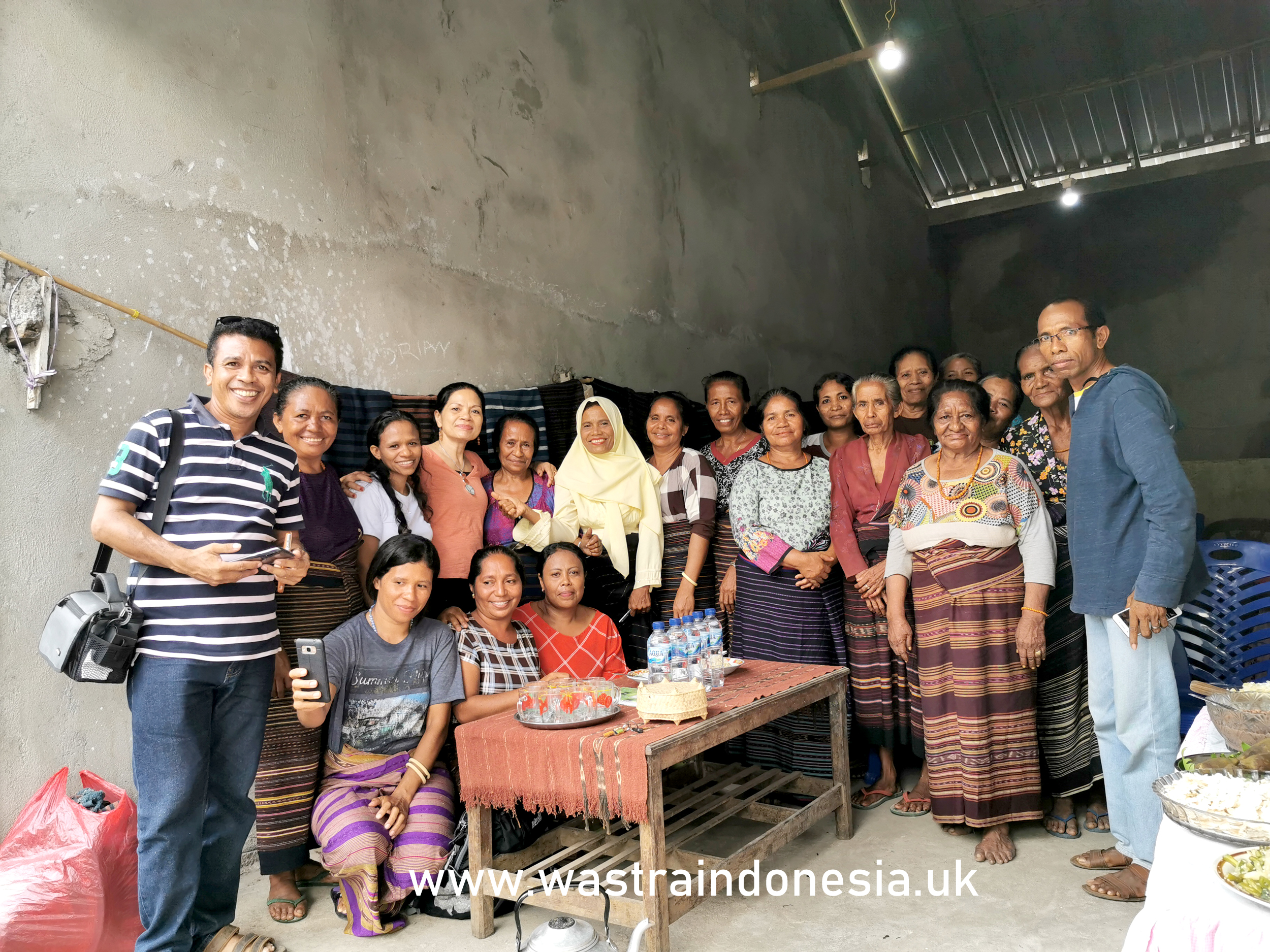
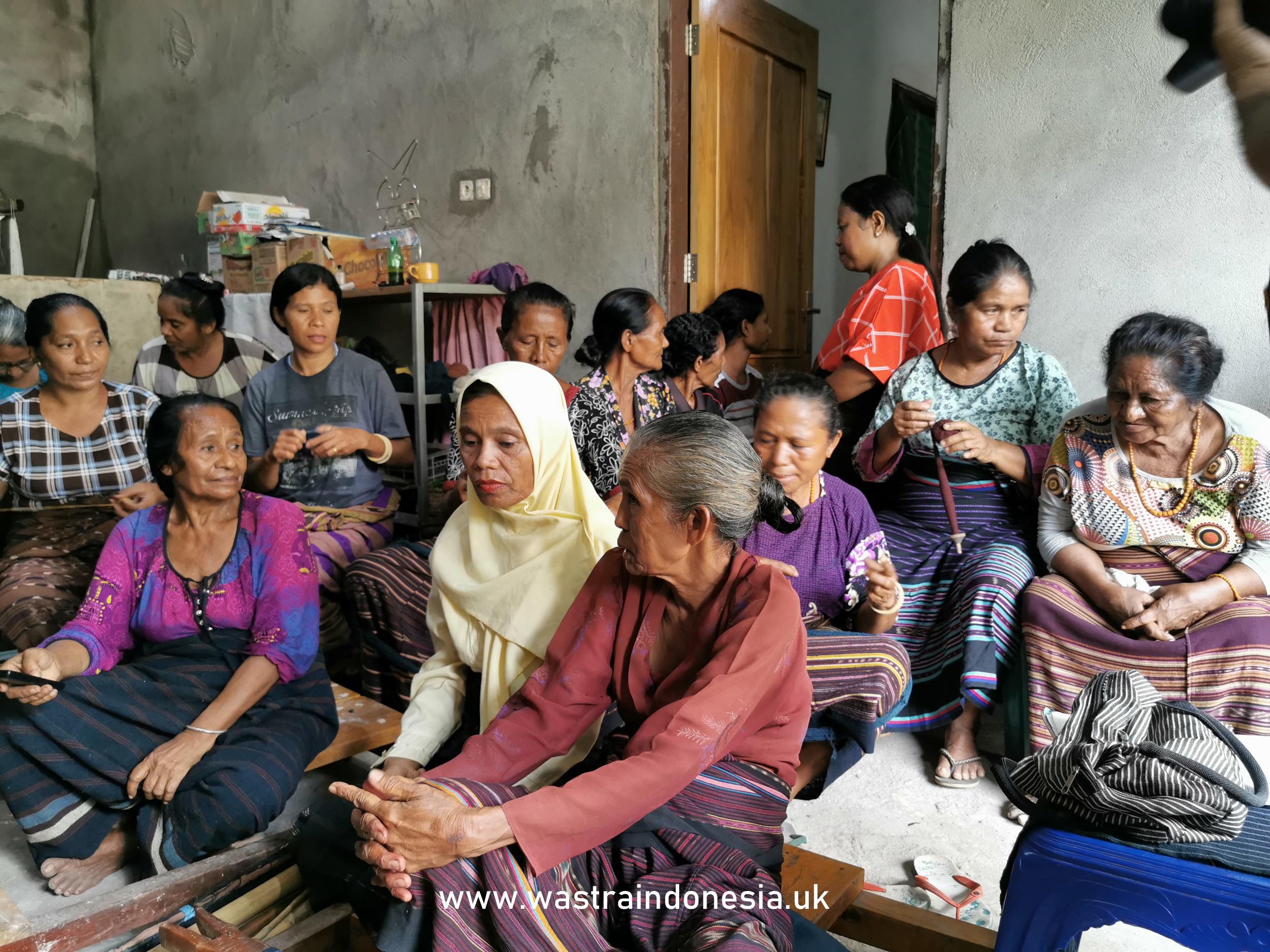
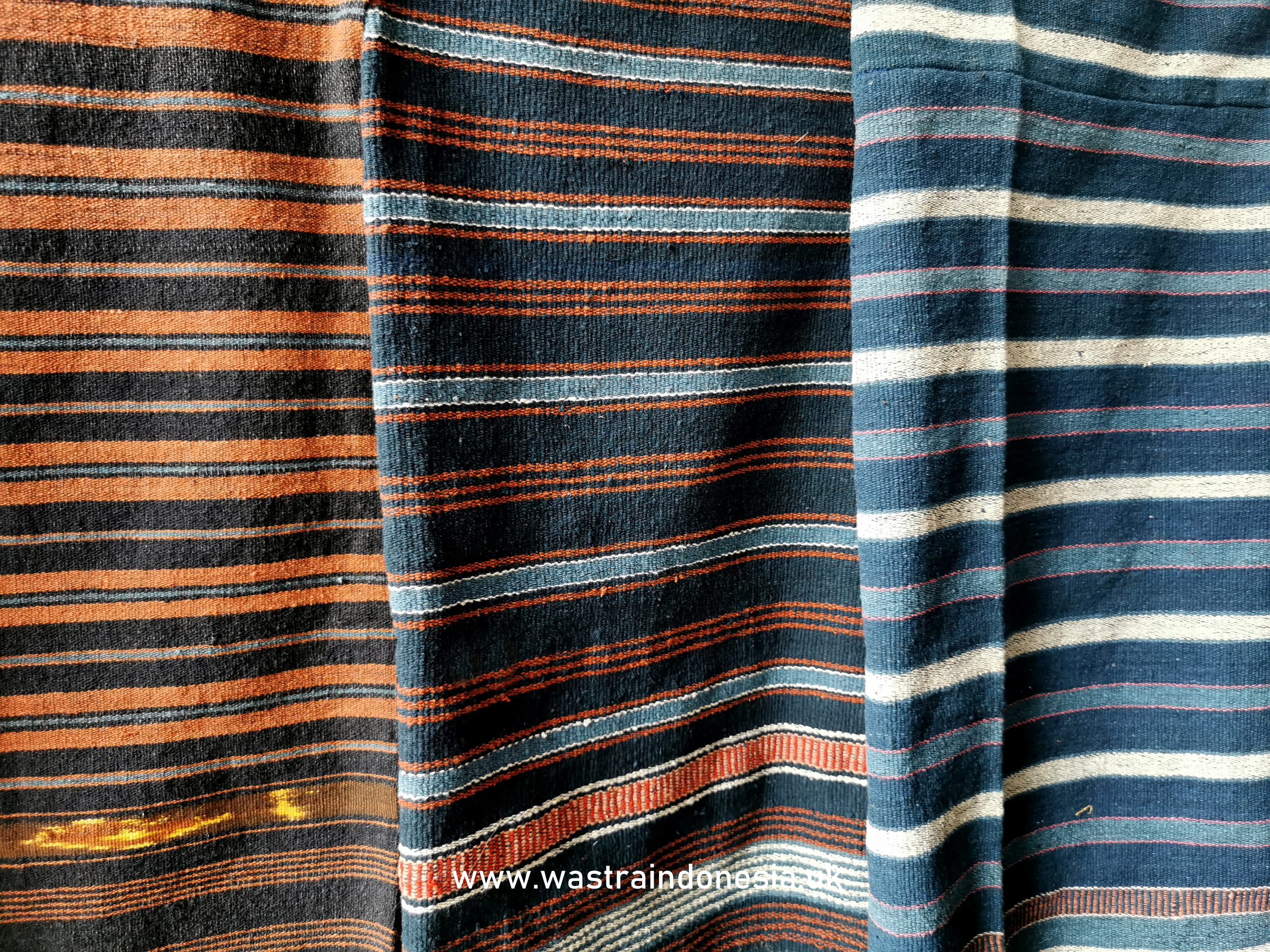
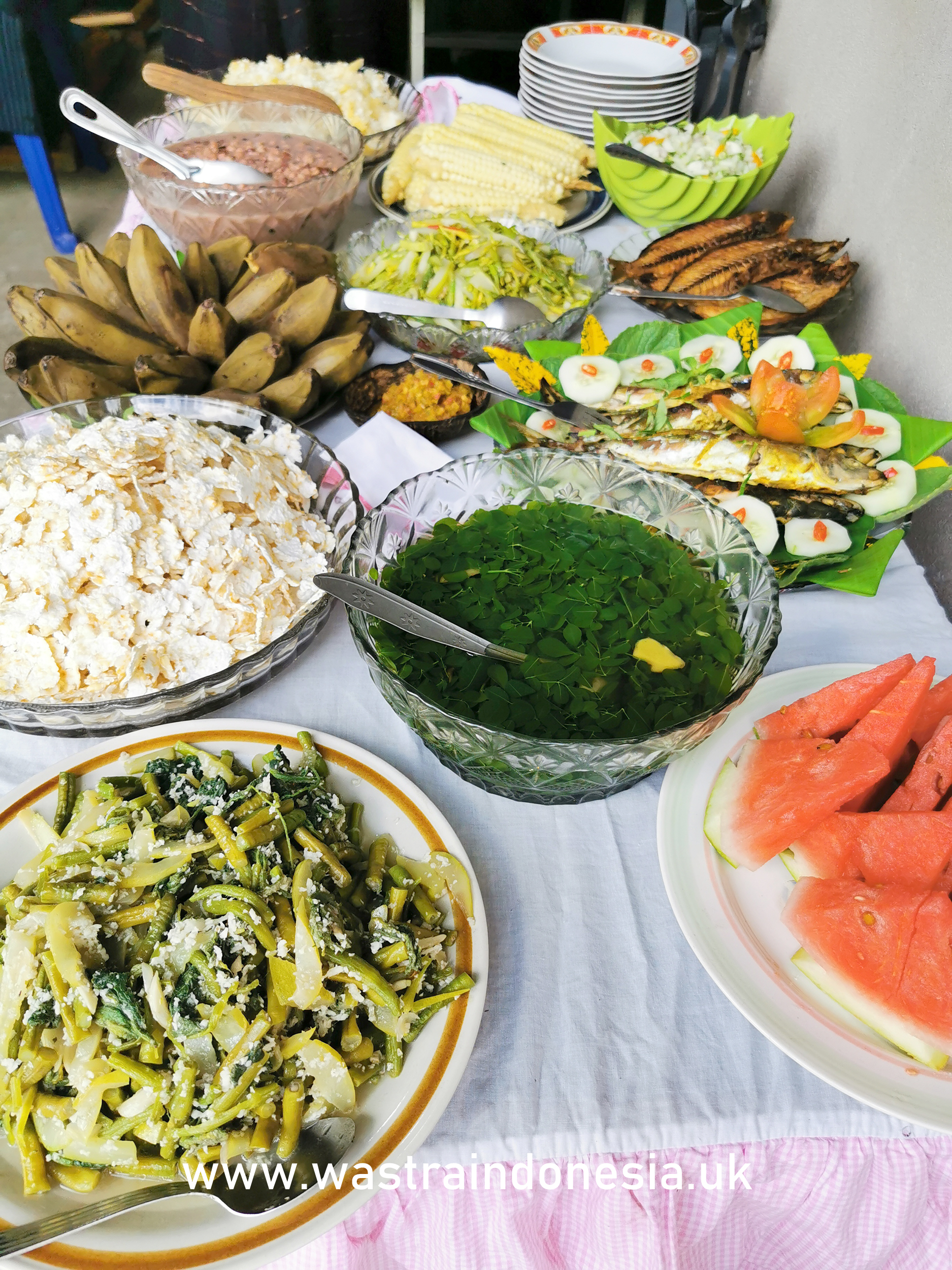
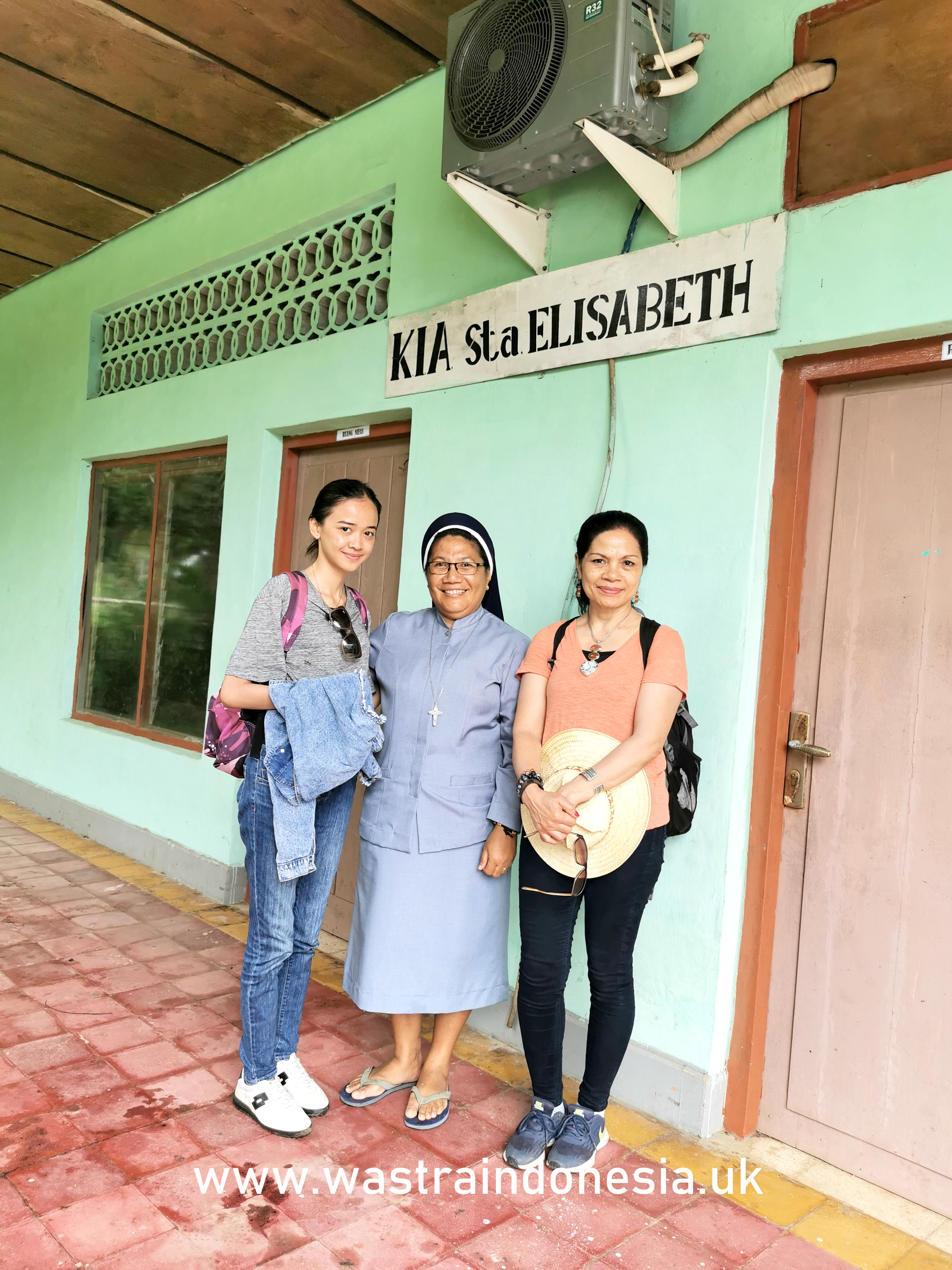
Happy Exploring. Adonara is waiting for you.
Salam Wastra, xNelly
www.wastraindonesia.uk
